Gamification is more than just a buzzword in the workplace. Although this methodology has seen revived interest as of late, it has been around since 2003. In this guide, learn what you need to know about enterprise gamification and how to implement it into your corporate environment for more success.
What is Enterprise Gamification?
The simplest definition of enterprise gamification is the use of gaming dynamics and rules in a corporate environment. The goal is to use these dynamics to meet the desires and needs of the users. With that said, it is important to note that there are different needs and motivations for each user – or employee. The ability to bring these elements together in harmony is critical to the success of using gamification techniques.
The gaming elements and dynamics are abstract concepts, but they need to be applied and understood on a practical level to succeed at hitting your objectives. As you will find out below, several factors can impact its performance.
So, what are these mechanics that can be applied in gamification on an enterprise-level? Here is a closer look at them:
- Points – A point is given to a user (or employee) upon the successful completion of a task or project.
- Challenges – A challenge is assigned to an employee, or employees, to give extra motivation for the completion of a given task (or completing them to a certain standard).
- Leaderboards – These are designed to rank employee performance by accumulating points or scores obtained for each task completed.
- Badges/Milestones – These represent the individual tasks completed as employees work toward a bigger goal or project.
The specific types of elements to be used will vary based on the needs of your organization and the individual users – the employees. You can choose to implement some or all of these elements in different phases. The goal is to keep employees engaged and to ease any psychological pressure that comes with performing certain tasks and working towards a goal.

Advantages of Gamification on an Enterprise Level
The business landscape has experienced massive digital transformation and automation in the past decade or so. Despite that, people continue to be the single most important driver of success for businesses. You can adopt all the new technologies you can get your hands on, but your success will still be commensurate to the work that your employees put in and how they use these technologies.
For this reason, many organizations are switching their focus toward employee experience. Again, there are plenty of technologies designed to enhance employee experience, but enterprise gamification techniques remain one of the most effective tools for keeping employees engaged, more satisfied, and highly productive. Hence, it is no longer an option; it is a must for businesses that aspire to be successful.
The use of gamification can transform tasks – even the ones that are not as engaging – into a gratifying undertaking for your employees. For you to enjoy its benefits, refrain from using gamification in performance monitoring, which will come as a result of the proper implementation of gamification concepts.
A good gamification approach at the enterprise level must focus on the users – the employees. You must take into account the unique psychology of every user and tweak the mechanics to suit the unique dynamics of your workplace. The more you understand it, the more you can extract the full benefits of a gamification tool or software.
With that said, here are some of the promising benefits of gamification at the enterprise level:
- Improved employee experience
- More productive teams
- Alignment of objectives and goals
- Improved learning
- Greater communication and transparency
- Employee involvement in organizational initiatives
- Conversion of employees to company advocates

Tools and Applications for Enterprise Gamification
As the concepts of gamification as it applies in the corporate environment continue to expand, so will the applications of this technique across various industries. As of now, there are three common applications of enterprise gamification:
Training
Learning and education are two of the most important tools that organizations use to enhance employee performance. This is one aspect where you can incorporate gamification strategies. Use points and progress bars as tools to determine how your employees improve over time. This will motivate them to strive to be better in their learning and become more committed to the training process.
Aside from monitoring their progress, the use of scoring systems will enable your employees to develop an interest in the learning process. A gamified learning experience then becomes an effective tool for adult learning.
Employee Engagement
Employee engagement is directly proportional to employee productivity. It’s no wonder why businesses are investing in ways to increase engagement levels among employees. This is true in particular when adopting new technologies. Some employees are not keen to embrace these new technologies right away.
Gamifying the software and technology is an innovative way to get more engagement out of your employees. One such example is Gamify for Sharepoint. This is an application created for Sharepoint in order to drive adoption and user experience. With this tool, users can track their progress and achievements with performance metrics. It fosters healthy competition among their peers while also providing them with hints on actionable steps in order to boost their scores and get to the next level.

Evaluation and Appraisal
The use of enterprise gamification software is especially beneficial in terms of recognizing employee performance and providing them with appropriate rewards/recognition. With this technique, it is easy to measure employee performance, whether they completed short or long-term objectives.
Employers can opt to give bonuses or points to employees for completing certain tasks or improving their individual performance. Aside from the awards or recognition, it’s the feeling of satisfaction and eventual motivation that employees get from the experience that is the true reward.
Best Practices for Gamification
The implementation of gamification strategies does not automatically translate to success. It is an effective approach if you choose the right strategies that fit the needs of your company. Make sure you capitalize on the intrinsic characteristics of gamification by following these best practices:
- Clearly define what success means for your organization. This will make it easier to measure performance and to determine if you have met your objectives.
- Choose gamification approaches that are tailored to your business needs.
- Employ storytelling. This encourages interaction among employees and enables them to gain added motivation.
- Simplify the rules. This helps to keep things interesting and engaging for your employees.
- Use rewards and bonuses. You might even give your employees an opportunity to showcase badges and/or achievements on your social media (or their personal social media).
With these best practices, it becomes a win-win scenario for employees and the organization.

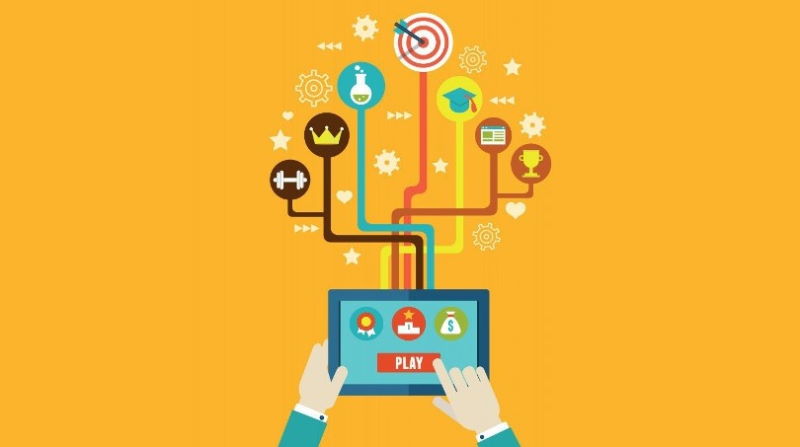


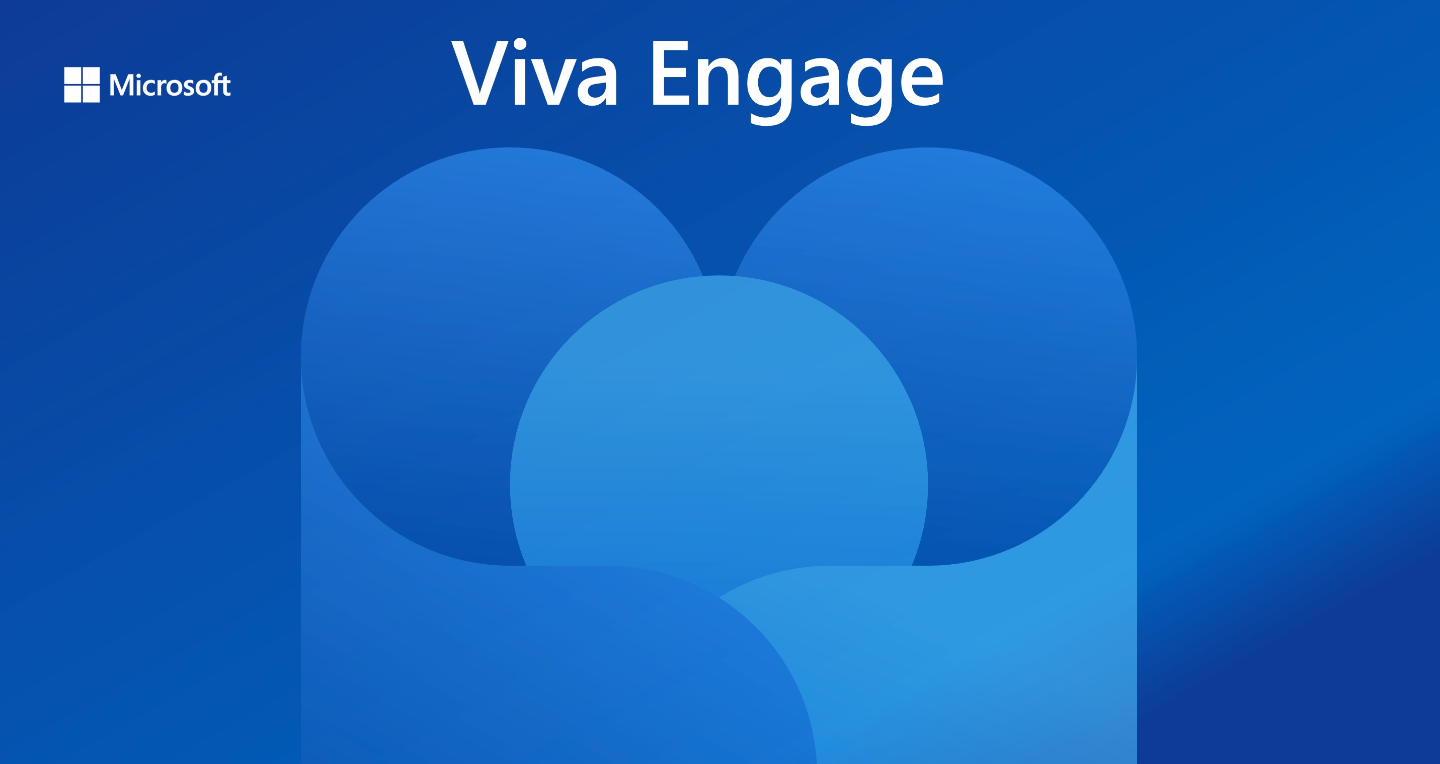
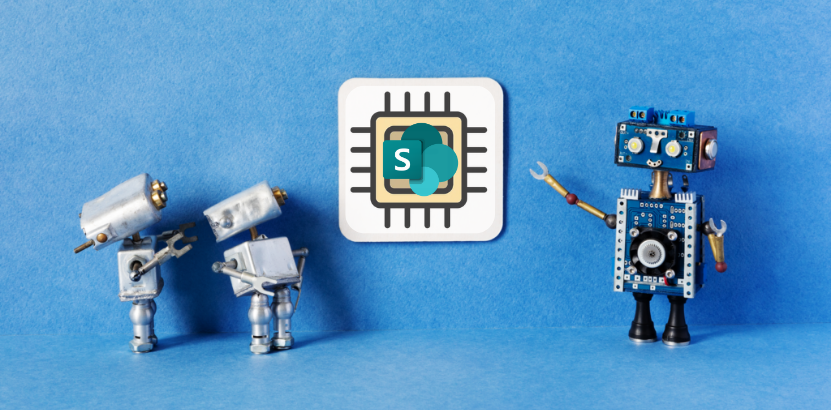
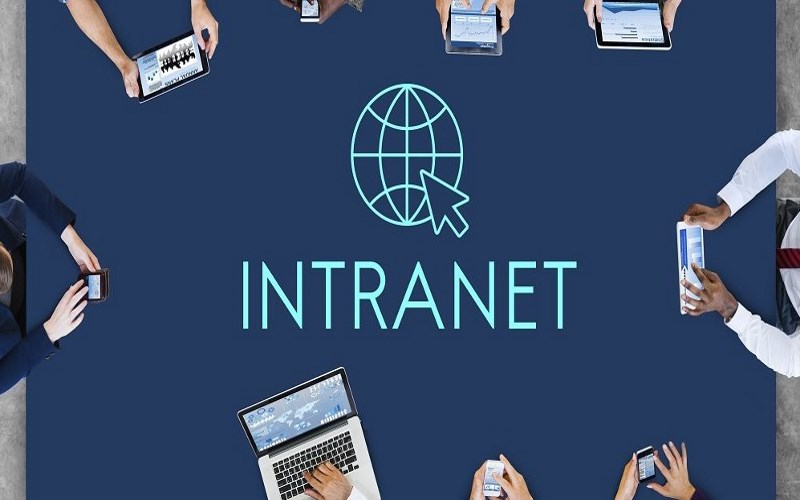

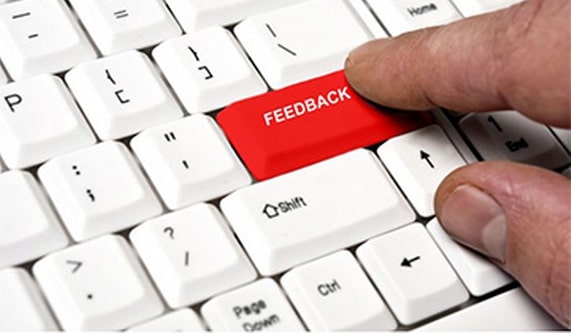
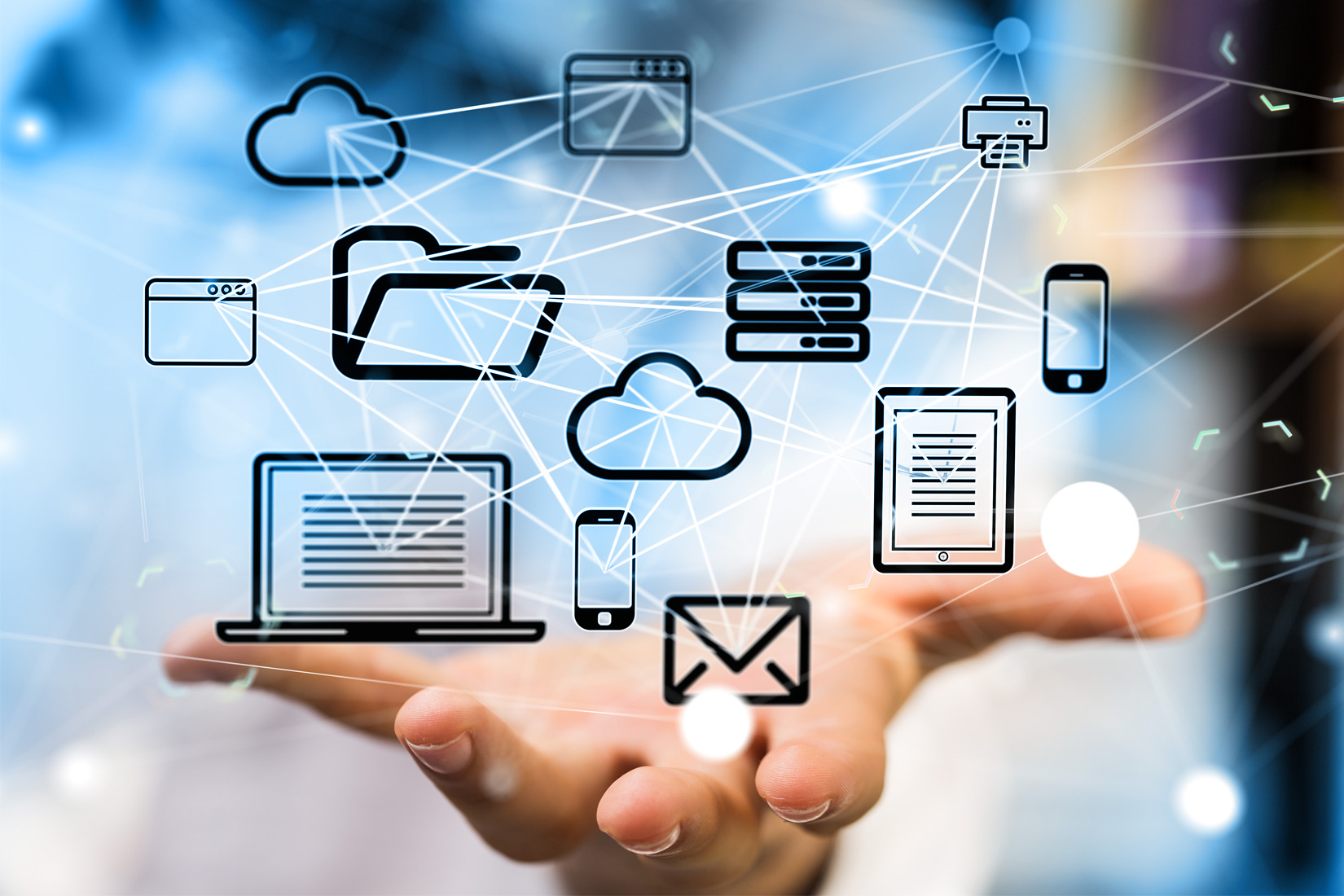
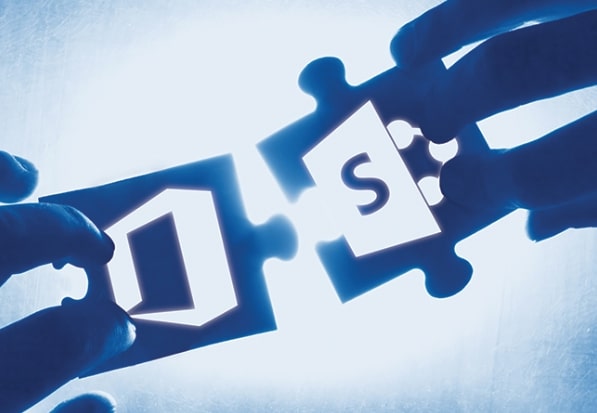
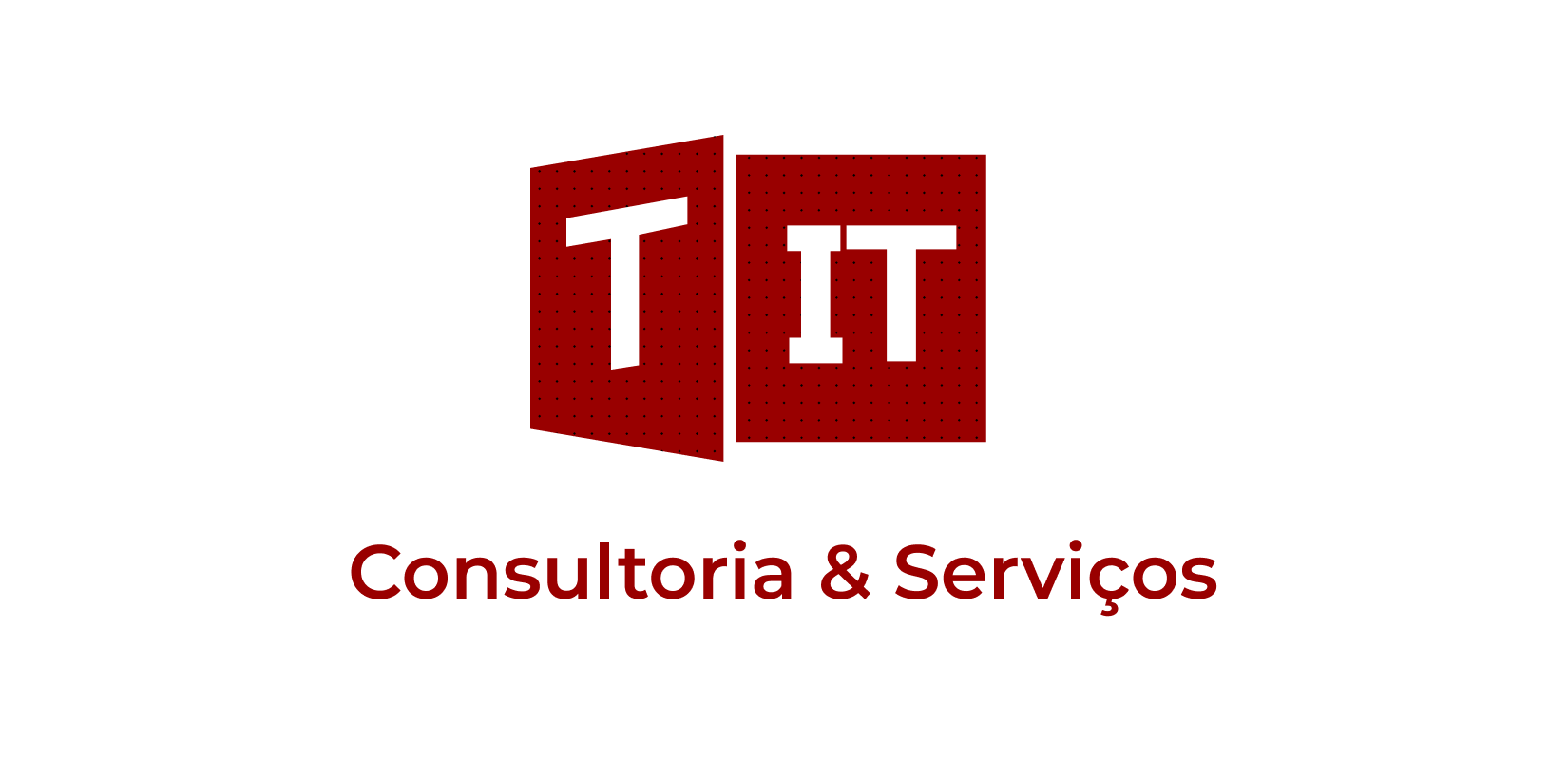
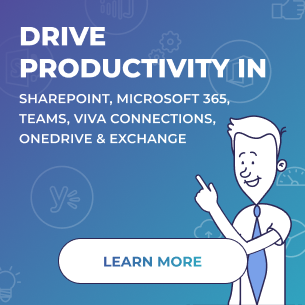
 Follow @cardiolog
Follow @cardiolog 